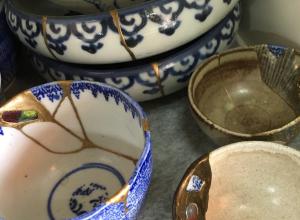The popular imagination often dismisses Byzantium’s aesthetic as a static, even regressive contrast to classical technique. Sumptuous and flattened, Byzantine methods abhorred naturalism, and designed art as they did their empire (330 to 1453 CE): as an earthly mirror of Christian heaven. However, this stylization endowed art from the Eastern Roman empire—particularly mosaics—with a politicizing contemporaneousness.
Latest Art News
The monumental cemetery of Milan (Cimitero Monumentale) is among the famous and iconic monuments of Milan, such as the Duomo with its spectacular spires reaching up into the sky, or the imposing Castello Sforzesco with its majestic towers.
Since antiquity, fine jewels have been worn by royalty, to symbolize their power, opulence, and dignity as rulers of nations and empires.
Based in LA, Fallah makes detailed, collage-esque paintings with mirrored and patterned images.
In the late 1930s, the Nazis gave Adolf Hitler a PR makeover. Features were published in countless magazines, both German and America, that outlined his home decor, daily activities, and his favorite foods. But this image came crumbling down in 1945 when Lee Miller posed in Hitler’s bathtub.
The Met Gala, the annual fundraising even for the Met Museum’s Costume Institute, was this past Monday. It is known for its extravagant and innovative fashion, and this year’s Gala did not disappoint.
Historical sites aren’t always what they seem. Many famous, seemingly well-preserved historic monuments, such as those on the Acropolis at Athens, are the product of anastylosis – the practice of restoring old buildings using the original material.
The Yanomami Struggle, a comprehensive exhibition presented at The Shed in New York City is dedicated to the collaboration and friendship between artist and activist Claudia Andujar and the indigenous Yanomami people of the Amazon.
The 2021 Netflix documentary by Joshua Rofé examines Ross’ life and career, piecing together old photos, TV footage, and interviews with friends, family, and coworkers to give a sense of the man, his art, and his contested legacy.
Iconic American sculptor Alexander Calder (1898―1976) invented “mobiles”―carefully balanced, often whimsical kinetic hanging sculptures, powered by wind or motors.


![DEl Kathryn Barton [Australian b. 1972] the more than human love , 2025 Acrylic on French linen 78 3/4 x 137 3/4 inches 200 x 350 cm Framed dimensions: 79 7/8 x 139 inches 203 x 353 cm](/sites/default/files/styles/category_card_187x139/public/ab15211bartonthe-more-human-lovelg.jpg?itok=LJbNuU6F)


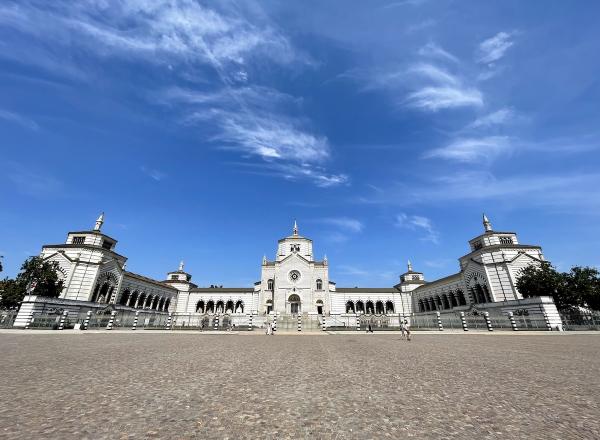

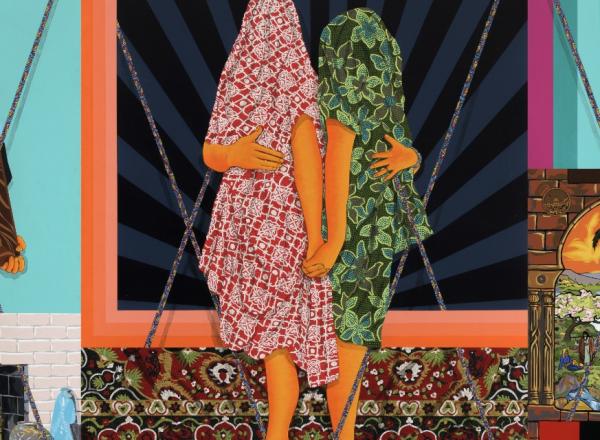
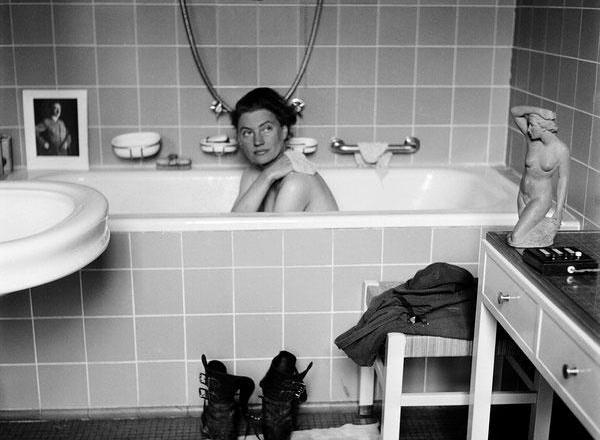
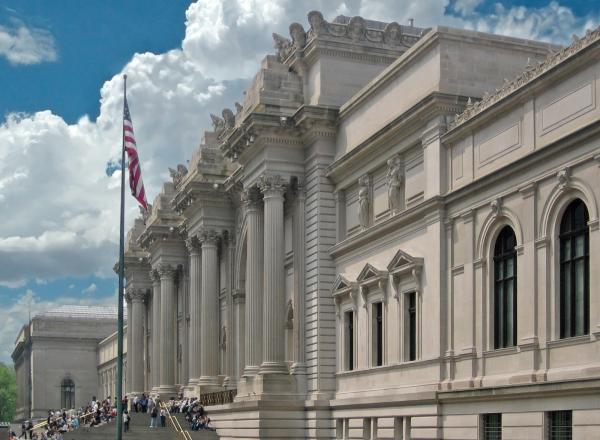
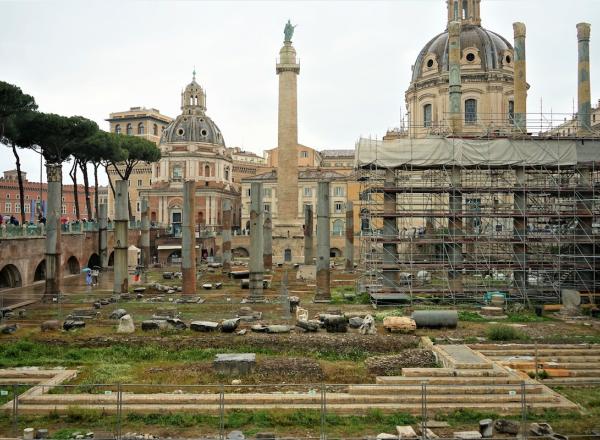

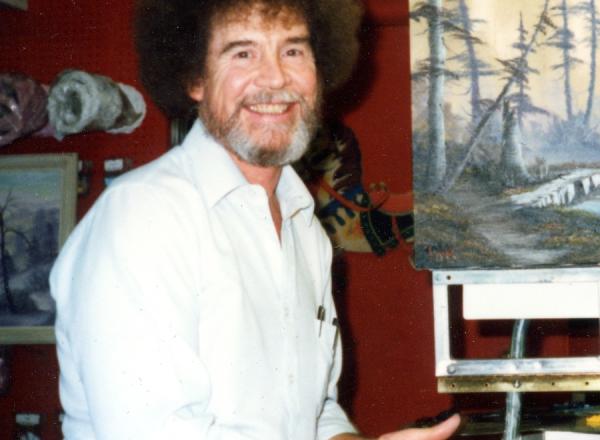
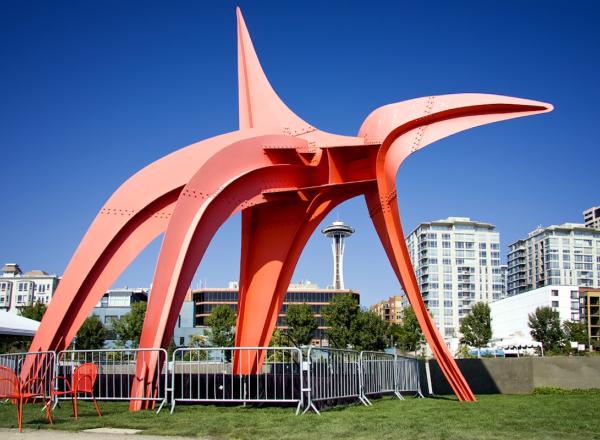
















![Ginevra de’ Benci [obverse]. 1474/1478. Leonardo da Vinci. Oil on Panel. Ailsa Mellon Brue Fund, National Gallery of Art.](/sites/default/files/styles/image_5_column/public/ginevradebenciobverse196761a.jpg?itok=hIzdUTaK)

![Merina [Pop Chalee] Lujan, Taos, 1906 – 1993, Yellow Horse, gouache on paper, 13 1/8 x 18 1/8 in. (33.3 x 46 cm.) Estimate: 1,000 – 2,000](/sites/default/files/styles/image_5_column/public/4630-58.jpg?itok=kBAYkc0u)
